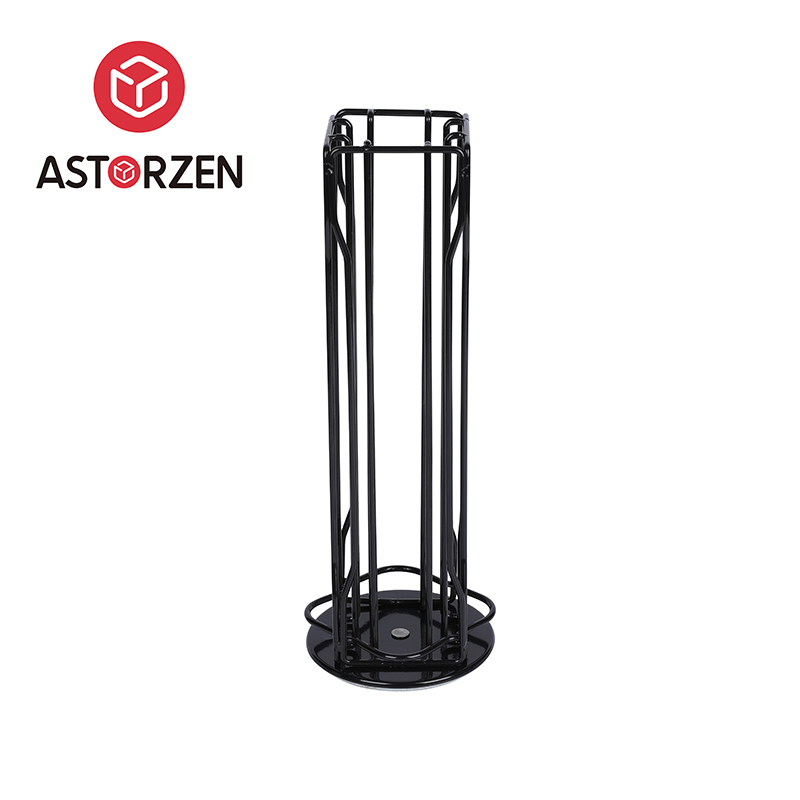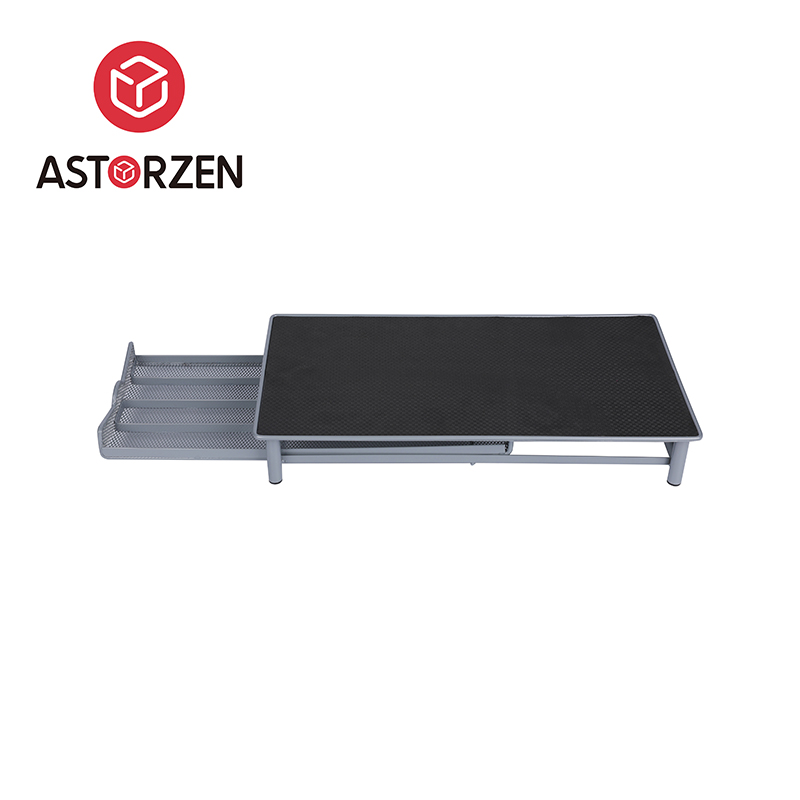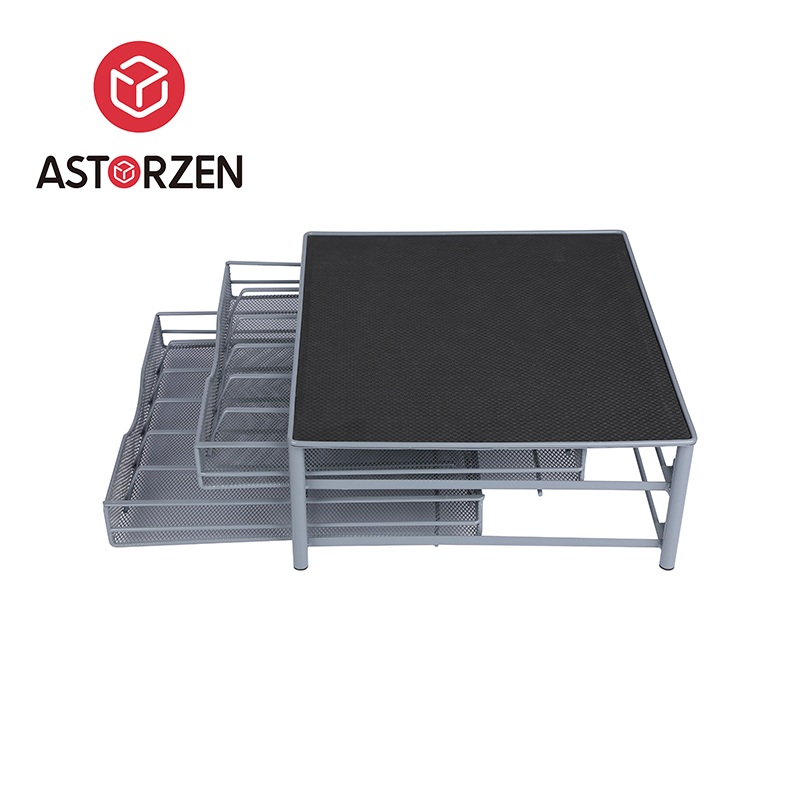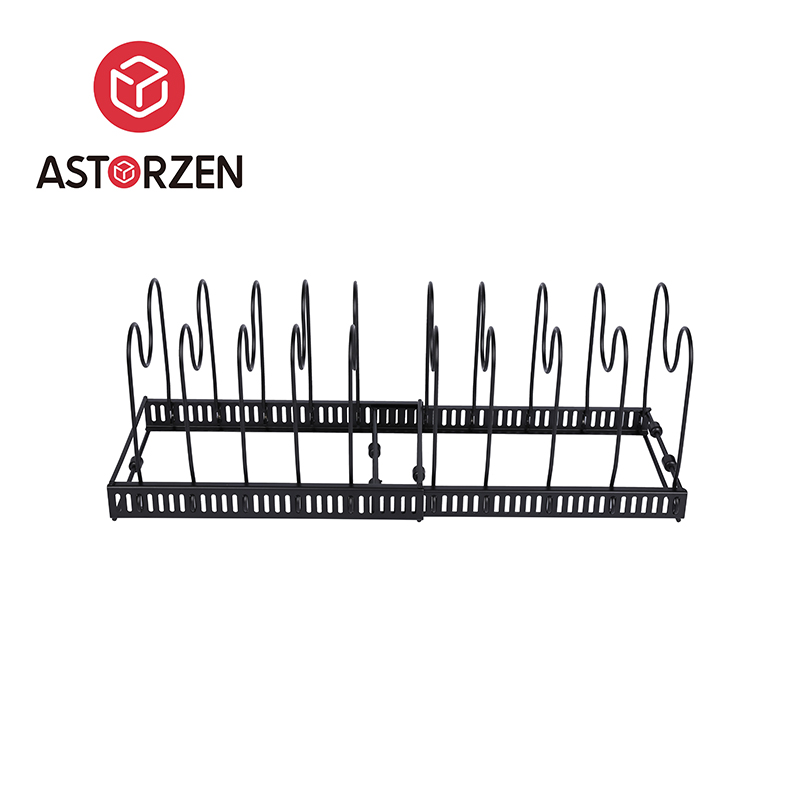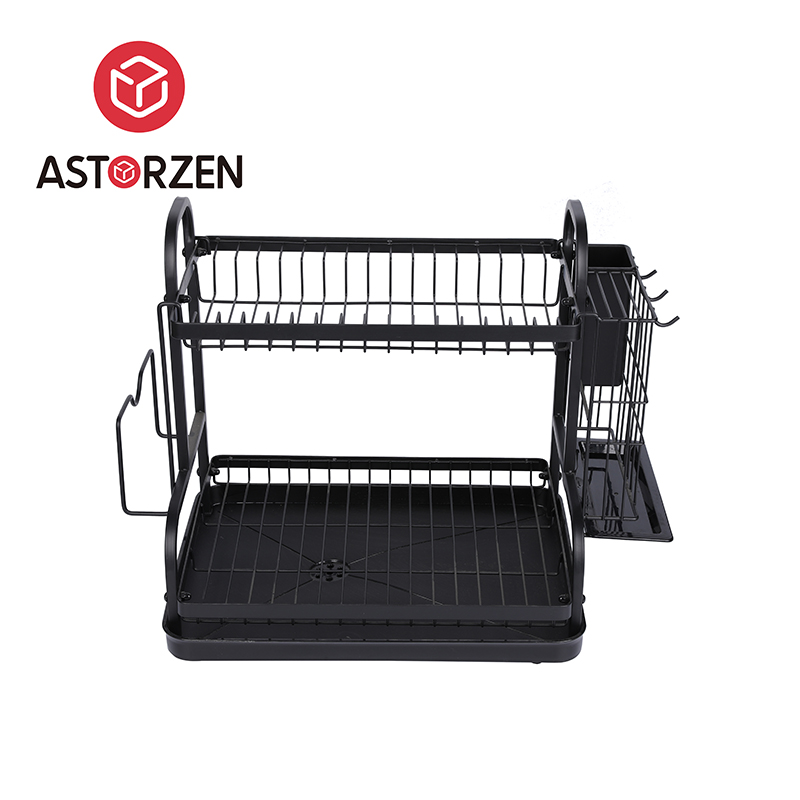Typically made from plastic, bamboo, or metal, kitchen drawer organisers come in fixed or adjustable designs. Fixed organisers suit standard drawer sizes and often have specific compartments for knives, forks, and spoons. Adjustable options, on the other hand, allow users to configure compartments based on unique needs, making them more versatile for cooking tools, peelers, or measuring spoons.
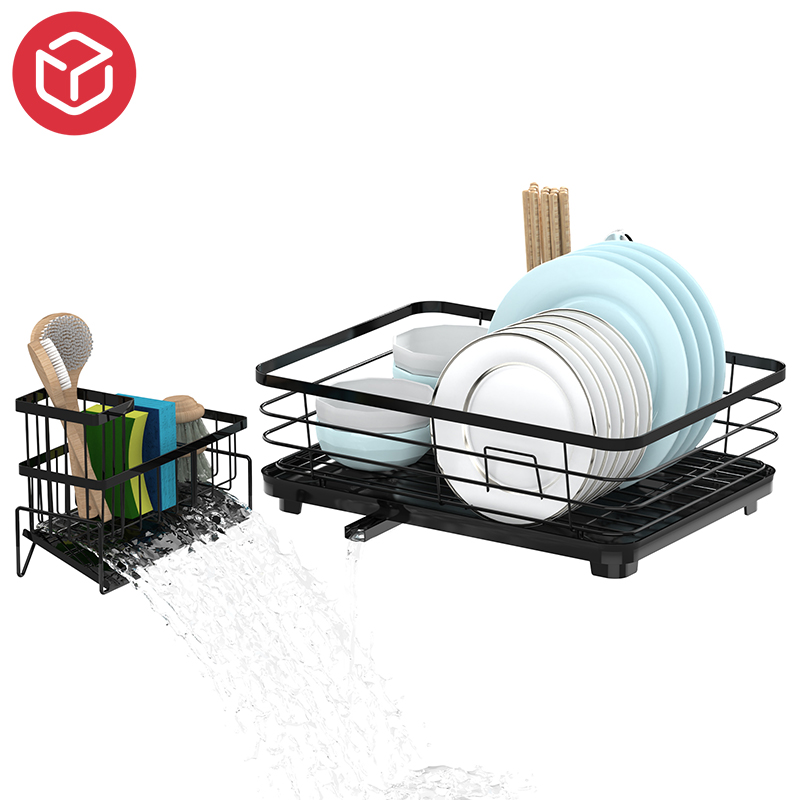
A key benefit of drawer organisers is that they reduce time spent searching for items, improving kitchen workflow. Clean lines and defined spaces also contribute to hygiene, as each item has a specific place and is less likely to come into contact with unrelated tools.
Additionally, drawer organisers help preserve the condition of utensils. By preventing contact between sharp edges and delicate surfaces, they reduce wear and tear on both the organiser and its contents. For homes with multiple users, labelled or color-coded compartments can further enhance organization.
Overall, kitchen drawer organisers offer more than tidiness—they support efficiency, hygiene, and long-term functionality. Whether for a compact apartment kitchen or a spacious culinary space, this simple tool enhances daily routines with minimal effort.
Dish racks are fundamental tools in every kitchen, offering a designated place for drying dishes, cups, and utensils. While their function remains straightforward, the materials used in modern dish racks have diversified significantly, impacting durability, appearance, and maintenance.
Stainless Steel is one of the common choices due to its corrosion resistance, strength, and clean look. Ideal for high-moisture environments, it withstands daily use without rusting, especially when made with food-grade steel. It is also easy to wipe clean and complements modern kitchen aesthetics.
Plastic dish racks are lightweight and budget-friendly. They are often designed with integrated trays to collect dripping water, making them practical for everyday use. However, they may show wear over time, especially when exposed to heat or direct sunlight.
Bamboo offers a natural, eco-friendly alternative. Bamboo dish racks are favored for their warm appearance and sustainability. When treated with water-resistant finishes, they can last well in humid environments. However, they require more care to prevent mold or cracking.
Aluminum is another emerging material, valued for being both lightweight and rust-resistant. It provides a sleek look similar to stainless steel but with slightly lower weight, making it easier to move or reposition as needed.
Some modern dish racks combine materials—for instance, a stainless steel frame with silicone-coated feet or a plastic drainboard—to balance durability with functional features. These hybrid designs are tailored for users who value both strength and adaptability.
Ultimately, the choice of material affects not just appearance but also performance and longevity. Selecting the right dish rack involves considering the kitchen's moisture levels, usage frequency, and personal design preferences.
The area beneath the kitchen sink is often underutilized, commonly filled with loosely stored cleaning supplies, garbage bags, and spare sponges. An under sink organizer transforms this overlooked space into a structured and functional storage zone.
Modern under sink organizers are designed to accommodate the unique challenges of this area—such as plumbing obstructions, varying cabinet depths, and exposure to moisture. Many models include adjustable or sliding shelves, which allow users to work around drainpipes while available space.





 English
English 日本語
日本語 русский
русский عربى
عربى


